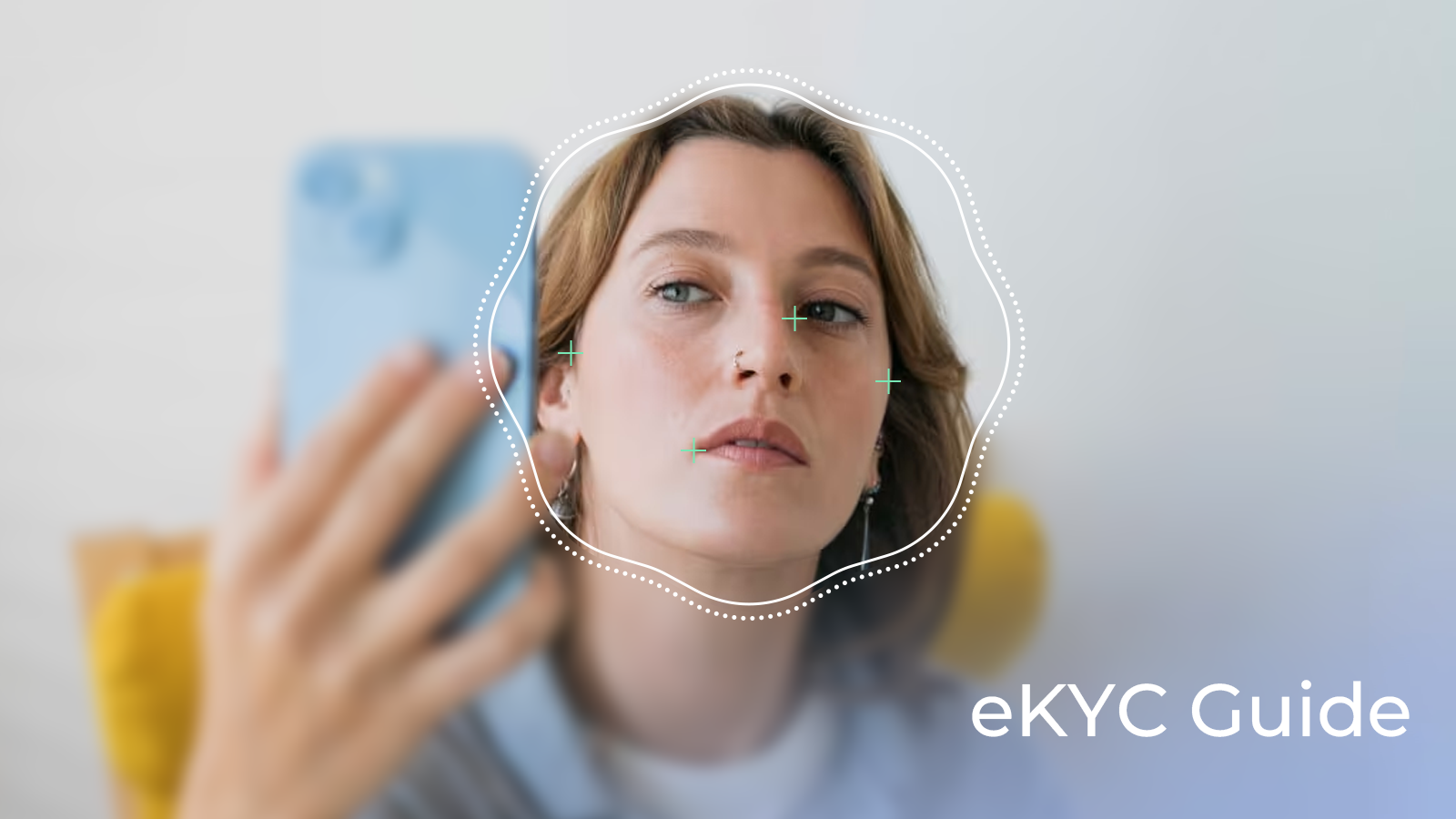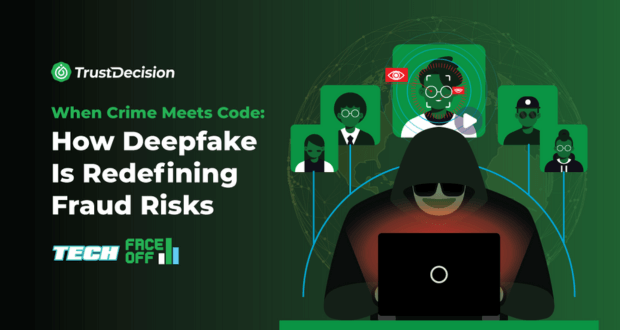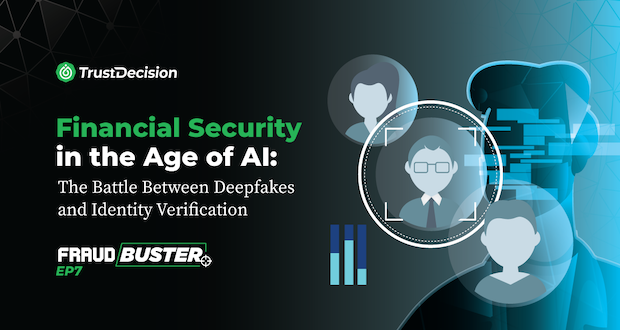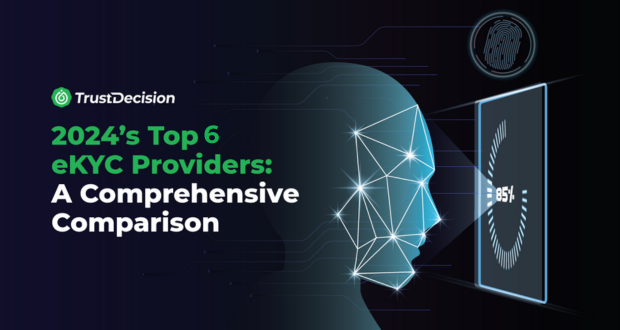Traditional Methods of Identity Verification
Personal Identification Documents
Personal identification documents such as passports and driver's licenses have long been the cornerstone of identity verification. These documents are issued by government authorities and are widely accepted for confirming identity. However, they are not foolproof. Physical documents can be forged, stolen, or lost, making them vulnerable to fraud and identity theft.
Knowledge-Based Authentication
Knowledge-based authentication (KBA) relies on information that only the user should know, such as answers to security questions or personal details. While KBA adds an extra layer of security, it is increasingly seen as inadequate. The rise of data breaches has made personal information more accessible to fraudsters, undermining the reliability of this method.
Biometric Authentication
Biometric authentication uses unique physical characteristics like fingerprints and facial recognition to verify identity. This method offers higher security compared to documents and KBA, as biometric traits are difficult to replicate. However, biometric systems are not without flaws. They can be susceptible to spoofing, and there are concerns about privacy and data storage.
Limitations and Vulnerabilities
Traditional methods of identity verification, while foundational, come with significant limitations and vulnerabilities. Physical documents can be tampered with or stolen, knowledge-based questions can be compromised, and even biometric systems have their weaknesses. These challenges highlight the need for more advanced and secure methods to confirm identity in the digital age.
Emerging Technologies in Identity Verification
Digital Identity Verification
In our increasingly digital world, the transition from physical documents to digital identity verification is revolutionizing how we establish and confirm identity. Here’s a closer look:
Leveraging Online Data: Digital identity verification harnesses data from various sources, including social media profiles, financial records, and online behavior. By analyzing this information, organizations can validate an individual’s identity more efficiently.
Biometrics: Biometric data—such as fingerprints, facial features, and iris patterns—plays a crucial role. Biometric authentication ensures uniqueness and significantly reduces the risk of impersonation or fraud.
Secure Channels: Secure communication channels, encryption, and protocols ensure that identity-related data remains confidential during transmission. Whether it’s a user logging into an app or an employee accessing sensitive corporate systems, secure channels are essential.
AI and Machine Learning
Artificial Intelligence (AI) and Machine Learning (ML) are revolutionizing identity verification by enhancing accuracy and efficiency. A significant advancement in this field is the use of Large Language Models (LLMs) to address the inherent challenges of traditional Optical Character Recognition (OCR) systems. Unlike conventional methods, LLMs are designed to understand and interpret the context of the text, enabling them to handle a wide range of document variations with greater accuracy and flexibility.
One of the key advantages of LLMs is their ability to learn adaptively from limited data resources. This means that even with a smaller dataset, LLM-powered OCR systems can achieve remarkable accuracy and generalization. By understanding the context and semantics of the text, LLMs significantly reduce the dependency on exact template matching, allowing for a more fluid and adaptable extraction process. This results in more precise and faster identity confirmation, reducing the risk of false positives and negatives.
Blockchain and Identity
Blockchain technology introduces transparency, security, and decentralization to identity verification:
Immutable Records: On a blockchain, identity data is stored in an immutable ledger. Once recorded, it cannot be altered or deleted without consensus from the network. This tamper-proof feature enhances trust.
Self-Sovereign Identity (SSI): SSI empowers individuals to control their own identity data. Users can selectively share relevant information without relying on centralized authorities. It’s a paradigm shift from the traditional model where organizations hold and manage user data.
Interoperability: Blockchain enables cross-border identity verification. Imagine a traveler arriving at an airport—instead of presenting physical documents, they could provide a secure digital token linked to their verified identity on a global blockchain network.
Multi-Factor Authentication (MFA)
MFA goes beyond the limitations of passwords:
- Something You Know: Traditional passwords or PINs.
- Something You Have: Tokens, smart cards, or mobile devices.
- Something You Are: Biometrics (fingerprint, facial recognition).
By combining these factors, MFA strengthens security while maintaining user convenience.
Beyond Documents: Cutting-Edge Methods
Behavioral Biometrics
Behavioral biometrics involves analyzing patterns in user behavior to verify identity. This can include keystroke dynamics, mouse movements, and navigation habits. Unlike traditional biometrics, which rely on physical traits, behavioral biometrics continuously monitor user behavior to detect anomalies. This method provides an additional layer of security by identifying suspicious activities that may indicate fraud, making it harder for unauthorized users to mimic legitimate behavior.
Device Fingerprinting
Device fingerprinting identifies unique devices based on their hardware and software configurations. By collecting data points such as IP address, browser type, and installed plugins, device fingerprinting creates a unique profile for each device. This method helps in verifying identity by ensuring that access is being attempted from a recognized device. It is particularly useful in preventing account takeovers and detecting fraudulent activities originating from unfamiliar devices.
Passwordless Authentication
Passwordless authentication eliminates the need for traditional passwords by using alternative methods such as biometrics, security tokens, or one-time codes. Multi-Factor Authentication (MFA) without passwords enhances security by reducing the risk of password-related vulnerabilities, such as phishing and brute-force attacks. This approach not only improves security but also enhances user experience by simplifying the login process.
eKYC (Electronic Know Your Customer)
eKYC (Electronic Know Your Customer) involves real-time validation of customer identities using digital methods. This process typically includes verifying government-issued IDs, facial recognition, and cross-referencing with databases. eKYC streamlines the onboarding process, making it faster and more efficient while ensuring compliance with regulatory requirements. It is particularly beneficial for financial institutions and other sectors that require stringent identity verification.
By adopting these cutting-edge methods, businesses can significantly enhance their identity verification processes, providing stronger security and a better user experience.
By adopting these cutting-edge methods, businesses can significantly enhance their identity verification processes, providing stronger security and a better user experience.
TrustDecision's Identity Verification
Background Checks: Comprehensive Validation
TrustDecision offers comprehensive background checks as part of its identity verification solutions. These checks involve cross-referencing multiple data sources to validate an individual's identity thoroughly. By incorporating various data points such as criminal records, credit history, and employment verification, TrustDecision ensures a robust and accurate identity confirmation process. This multi-faceted approach helps businesses mitigate risks and make informed decisions.
Continuous Monitoring and MFA
TrustDecision employs continuous monitoring and Multi-Factor Authentication (MFA) to enhance security. Continuous monitoring involves real-time tracking of user activities to detect any unusual behavior that may indicate fraud. This proactive approach allows for immediate intervention, reducing the risk of unauthorized access. Additionally, MFA adds an extra layer of security by requiring multiple forms of verification, making it significantly harder for malicious actors to breach systems.
Reducing False Positives
One of the standout features of TrustDecision's identity verification solution is its ability to reduce false positives. By leveraging advanced AI and machine learning algorithms, TrustDecision can accurately differentiate between legitimate users and potential threats. This precision minimizes the occurrence of false alarms, ensuring that genuine users are not inconvenienced while maintaining high security standards.
Global eKYC Compliance
TrustDecision's identity verification solutions are designed to meet global eKYC (Electronic Know Your Customer) compliance standards. This ensures that businesses can operate seamlessly across different regions while adhering to local regulatory requirements. TrustDecision's eKYC solutions provide real-time validation of customer identities, streamlining the onboarding process and enhancing overall efficiency. This global compliance capability is particularly beneficial for multinational corporations and financial institutions.
By integrating these advanced features, TrustDecision offers a comprehensive and reliable identity verification solution that addresses the complexities of modern security challenges.
Conclusion
In the ever-evolving landscape of digital interactions, identity verification stands as the guardian of trust. Let’s recap its significance:
- Trust at Stake: Every transaction, login, or access request hinges on verified identity. Without robust verification, trust falters.
- Innovation and Challenges: As technology advances, so do threats. Traditional methods fall short, necessitating cutting-edge solutions.
- TrustDecision’s Role: TrustDecision pioneers secure identity verification. From background checks to eKYC compliance, we empower businesses.
Comprehensive solutions are your armor. Prioritize security without compromising user experience. TrustDecision leads the way—join us in securing a safer digital future!

.jpeg)







.jpeg)




